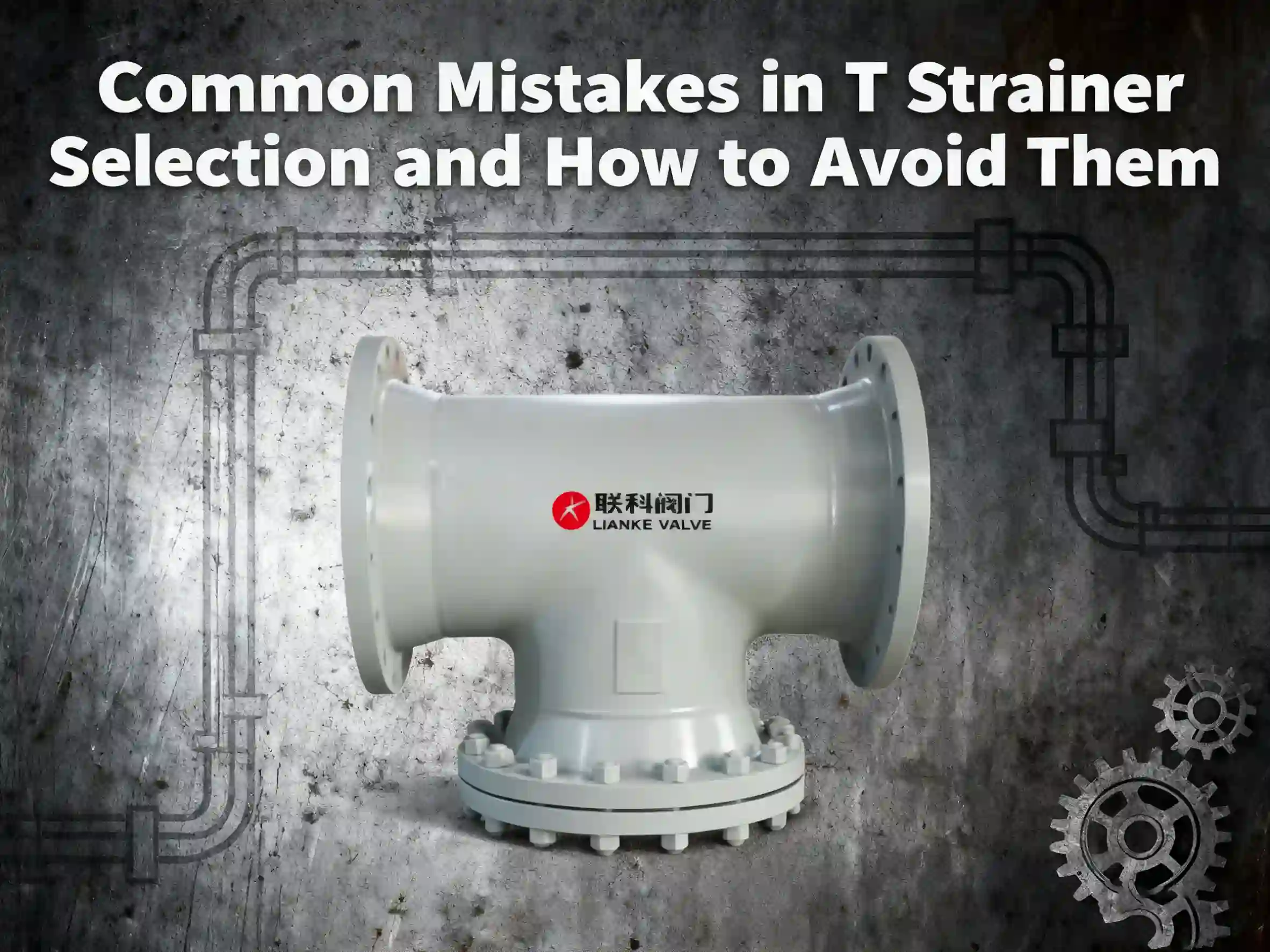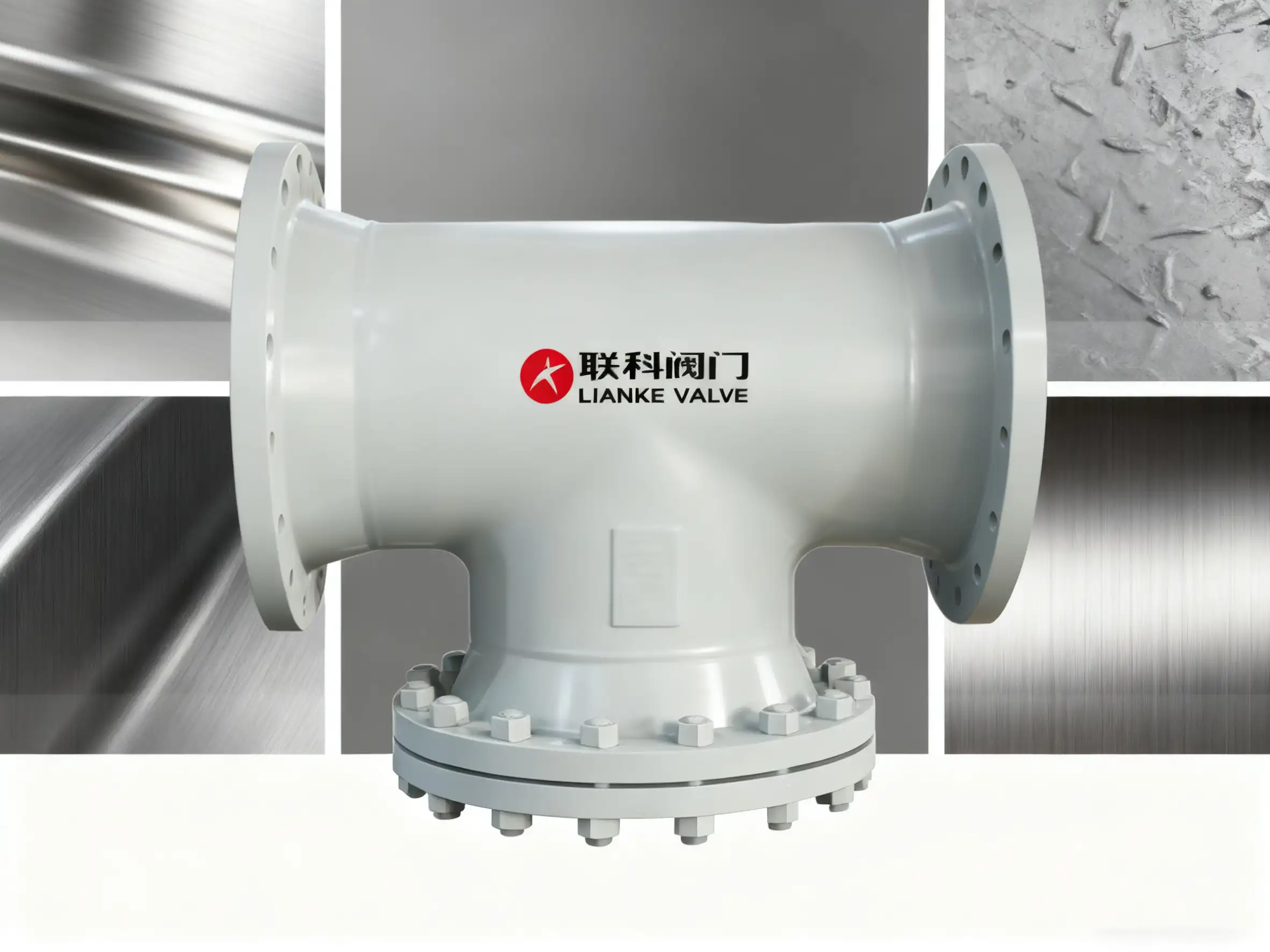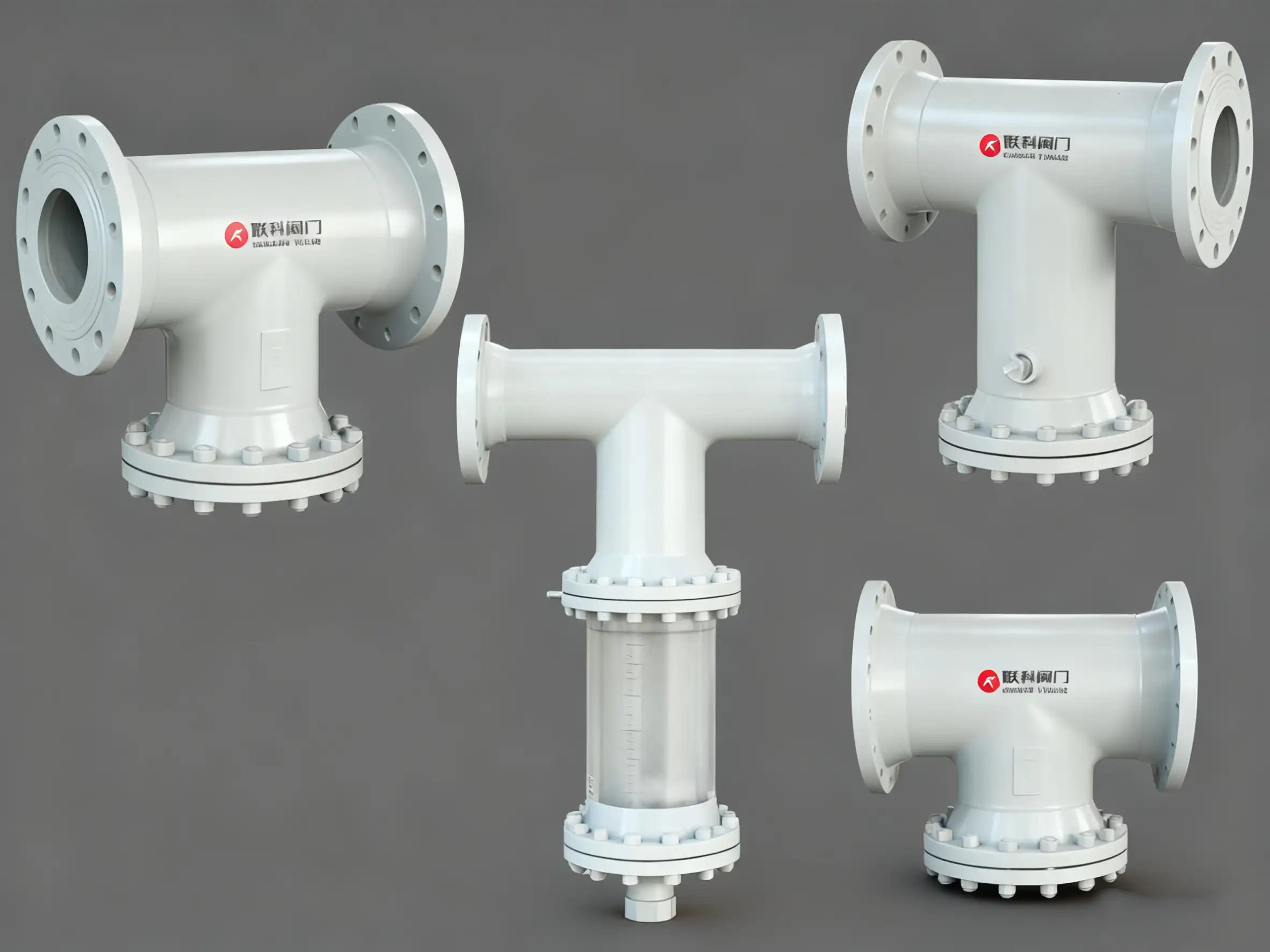

Ball Valves are imperative for fluid control in industrial operations. And these valves are usually constructed using stainless-steel. Each industry, however, has varying valve requirements and according to its use the grade of stainless-steel ball valve needs to be checked. Valves are often made from varying stainless steel grades. The durability and performance vary amongst different grades of stainless-steel
.— Such as 304,316 and Duplex stainless steel grades. But how do you select the right one for your ball valves? Continue on to find out more:

304 stainless-steel is a more common grade used for ball valve operations. stainless-steel is a mixture of elements. This mixture is what gives it its durability. The structural makeup for 304 stainless-steel is:
The 316 grade is not that differentiable from the 304 one. 316 stainless-steel is also termed marine grade stainless-steel. These two grades are only differentiable because of their composition. A 2% of molybdenum is what differentiates 316 from 304. And this adds corrosion resistance and suitability for high temperature applications.
Duplex stainless-steel grade has a structural makeup of austenitic (316 & 304) and ferritic stainless-steels. And so this grade is known to show a greater toughness and strength. You will also see this grade offer greater corrosion resistance and weldability compared to other grades.
| 304 Stainless-Steel Grade | 316 Stainless-Steel Grade | Duplex Stainless-Steel Grade |
| High corrosion resistance | Offers more corrosion resistance than 304 | Highest Corrosion Resistance |
| Cheapest option | More expensive than 304 | Most Expensive |
| Offers good strength | Stronger than 304 stainless-steel | Strongest Option |
| No magnetism properties | No magnetism properties | Is Magnetic |
The nature of fluids in your operation changes the optimal stainless-steel grade. 304 and 316 types have strong corrosion resistance. But it is known to be greater in the 316 type. The Duplex stainless-steel grades have a higher corrosion resistance.
Greater corrosion resistance also means paying more money. Both 304 and 316 grades are also termed food grade stainless-steel. But the 316 is found more often, especially in marine applications. And that’s because of the 2.0% molybdenum which is resistant to chloride ions.
The optimal steel grade changes depending on your temperature requirements. 304 stainless-steel and 316 stainless-steel have highest temperature limits. Duplex stainless-steel is more apt to lower temperature operations. The temperature limits are:
Ball valves can only be used for industrial operations if they are compliant with industry standards. Ball valves should comply with ASME, CE, ISO or API standards. For stainless-steel grade, it must be compliant with ASTM or NACE standards.
The 304 stainless-steel grade is used in:
The 316 stainless-steel grade is found in:
The Duplex stainless-steel grade is found in:
The apt kind of stainless-steel grade depends on operational needs. The preferable options change depending on temperature and fluid nature. You should also make sure the grade is compliant with industry standards.
The 316 grade is an enhanced version of 304 steel grade. It’s more expensive but it offers greater strength and corrosion resistance. On the other hand, duplex stainless-steel offers magnetic properties and even better strength and resistance. But they are also the most expensive.
Resources:
Stainless Steel Grades | How to Choose Stainless Steel (industrialmetalsupply.com)
A Comprehensive Introduction to Stainless Steel Ball Valves – Union (unionfitting.com)
A Comprehensive Guide to Choosing the SS Ball Valve for Your Project (stainlesssteel-ballvalve.com)
Stainless Steel Composition What Is It? – thyssenkrupp Materials (UK) (thyssenkrupp-materials.co.uk)
specialpipingmaterials.com/stainless-steel-in-marine-applications/

A T type strainer may seem like a simple filtration device, but making a bad choice when getting one might just throw your system off balance. Even a small oversight in selection can lead to pressure drops or premature equipment wear. Steer clear of these mistakes, and your system will run smoother and last longer. […]

A T type strainer is a reliable equipment used to safeguard steam and high-pressure systems. Filtering out unwanted particles before they reach critical equipment helps maintain stable and efficient operation. Knowing when to install a T type strainer and how to choose and set it up correctly can make all the difference in preventing costly […]

A T type strainer is an effective equipment used in various industries to keep fluid systems free of contamination and component wear. However, not all strainers are made of the same material, which can determine how well they perform. This guide explains the materials from which T-type strainers are made, as this is vital to […]

A T type strainer plays a vital role in ensuring that fluid systems and pipelines stay free of debris that can damage their operations. This article provides an overview of its everyday applications and variants, explaining why it’s essential across various industries. What is a T Type Strainer? A T type strainer focuses on filtration. […]



